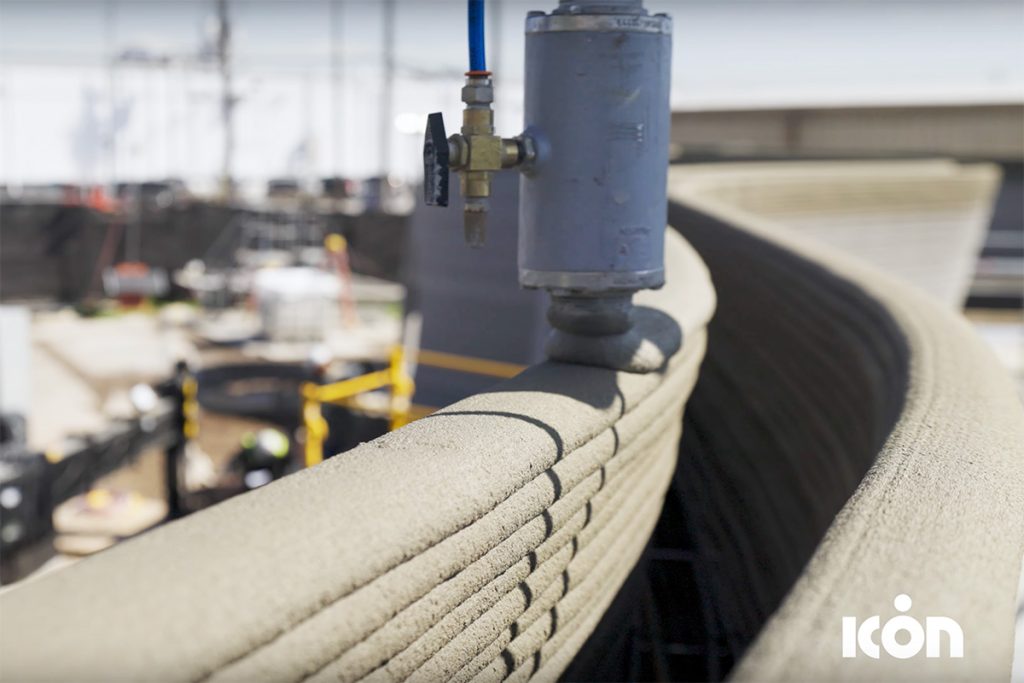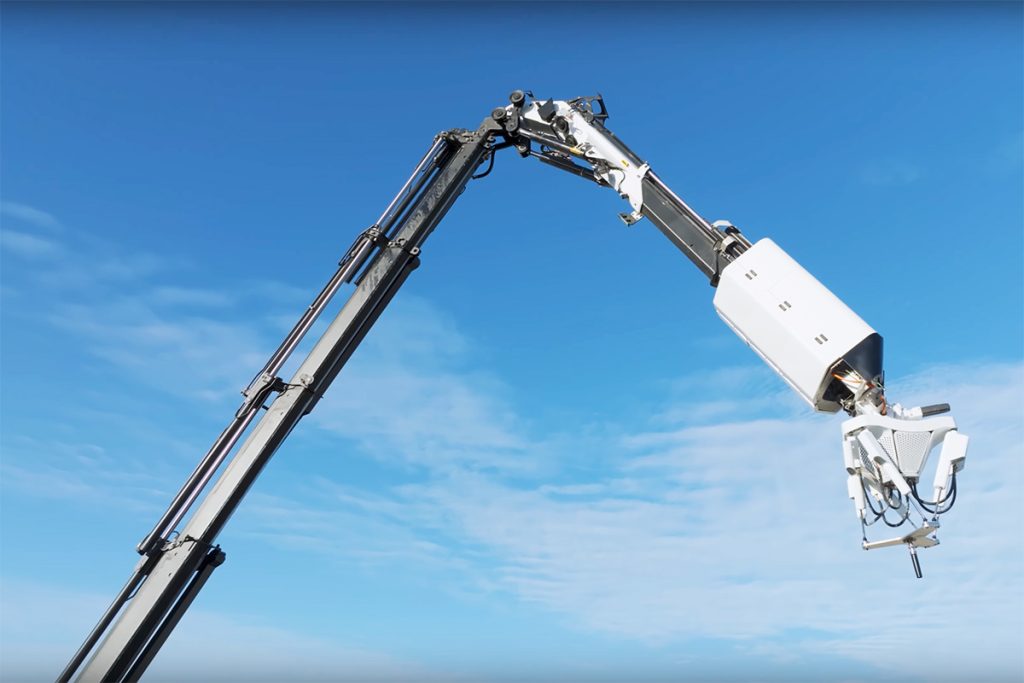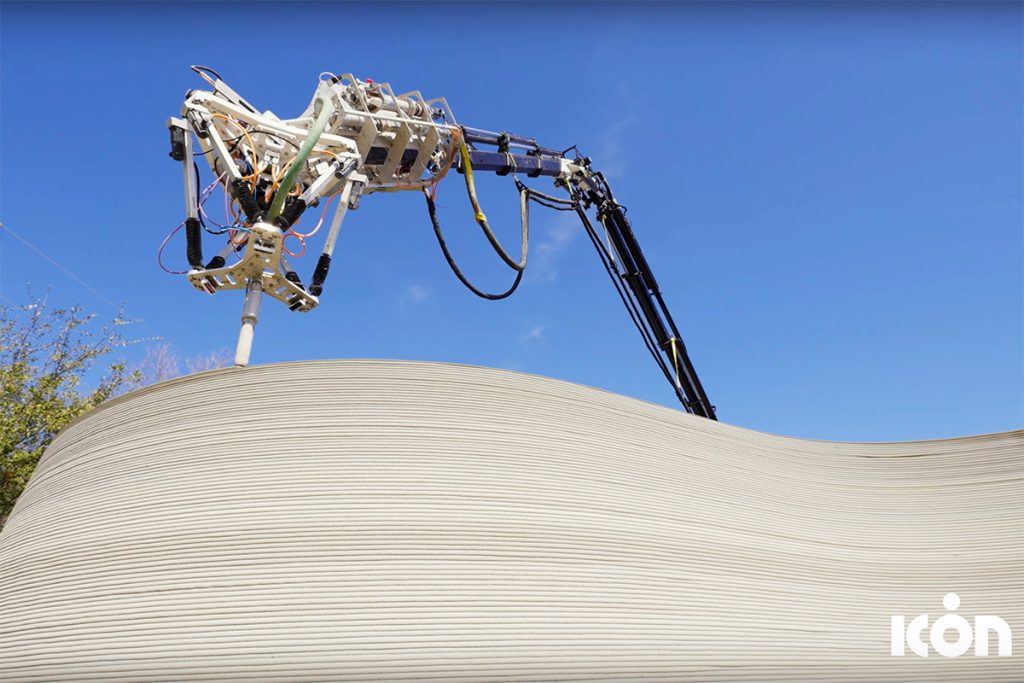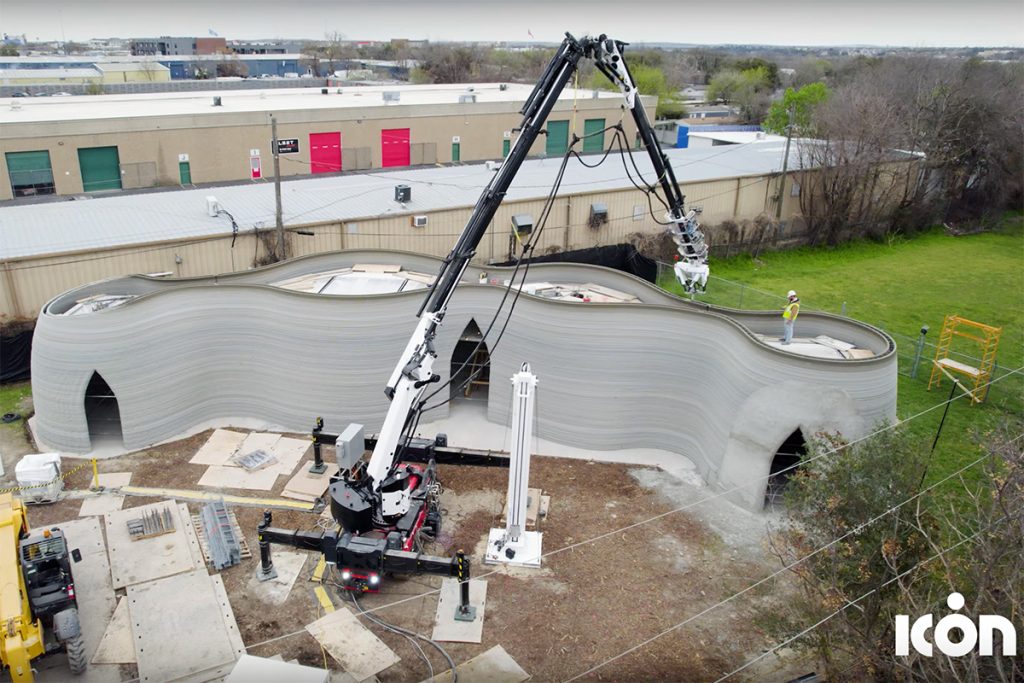In the rapidly evolving world of construction, Icon, a Texas-based company, has once again made headlines with its innovative approach to building homes. With the unveiling of the Phoenix printer, Icon propels the construction industry forward, offering a more efficient, cost-effective solution for creating two-story concrete buildings. This leap in technology not only demonstrates the company’s commitment to innovation but also marks a significant step towards the future of construction.
Icon’s journey into 3D-printed structures began with a significant milestone at the SXSW festival in Austin in 2018, where it introduced its first 3D-printed house. Since then, the company has not only built over 130 homes across the US and Mexico using its Vulcan 3D construction printer but has also embarked on ambitious projects such as the world’s largest 3D-printed neighborhood in Texas and collaborations with NASA for creating habitats on Mars and the Moon under Project Olympus.
The Phoenix printer emerges as the next evolution in Icon’s technological advancements, distinguished from its predecessor, the Vulcan printer, by its mobility and efficiency. Designed with a large, free-moving articulated arm on a rotating base, Phoenix addresses the challenges of setup flexibility and operator reduction head-on. This design enables the construction of larger structures, such as the 27-ft-high Phoenix House showcased in Austin, Texas, and multi-story buildings, expanding the possibilities within the realm of 3D printing construction.

One of the critical innovations of the Phoenix printer is its stabilization system, developed to maintain the accuracy essential for building livable structures. This system counters the potential sway caused by the arm’s movements and external factors like wind, ensuring that the extruding nozzle delivers precision with each layer. Such advancements not only enhance the printer’s mobility but also its capability to tackle projects of increased complexity and size.
The financial implications of adopting the Phoenix printer are significant. Icon reports that the new printer halves the costs previously achieved by the Vulcan model. With an estimated cost of about $25 per square foot for wall systems and $80 per square foot for complete structures, including foundations and roofs, the adoption of Phoenix technology could save approximately $25,000 on the construction of a typical American home. This cost efficiency represents a transformative opportunity for reducing the financial barriers to home ownership and encouraging the adoption of sustainable building practices.

Looking towards the future, Icon’s vision extends beyond the mechanics of construction to the very way homes are designed. The company’s co-founder and CEO, Jason Ballard, envisions a world where construction is predominantly executed by robots, with AI systems managing all construction-related information. This vision is brought closer to reality with the introduction of Vitruvius, an AI-based system that revolutionizes the home design process.

Vitruvius aims to democratize architecture, enabling users to easily design homes that reflect their personal desires, budgets, and needs. With the promise of generating full construction documents and permit-ready designs by the end of the year, Vitruvius stands as a testament to Icon’s commitment to innovation and accessibility in construction.
Icon’s Phoenix printer and Vitruvius system represent not just technological achievements but a reimagining of the construction industry’s future. By making 3D-printed buildings more accessible, faster to construct, and more cost-effective, Icon is not merely innovating within its field; it is laying the groundwork for a more sustainable, efficient, and personalized approach to creating homes and communities. As the company continues to push the boundaries of what’s possible, its contributions are set to have a lasting impact on how we think about building the spaces we live in.

Source: ICON
